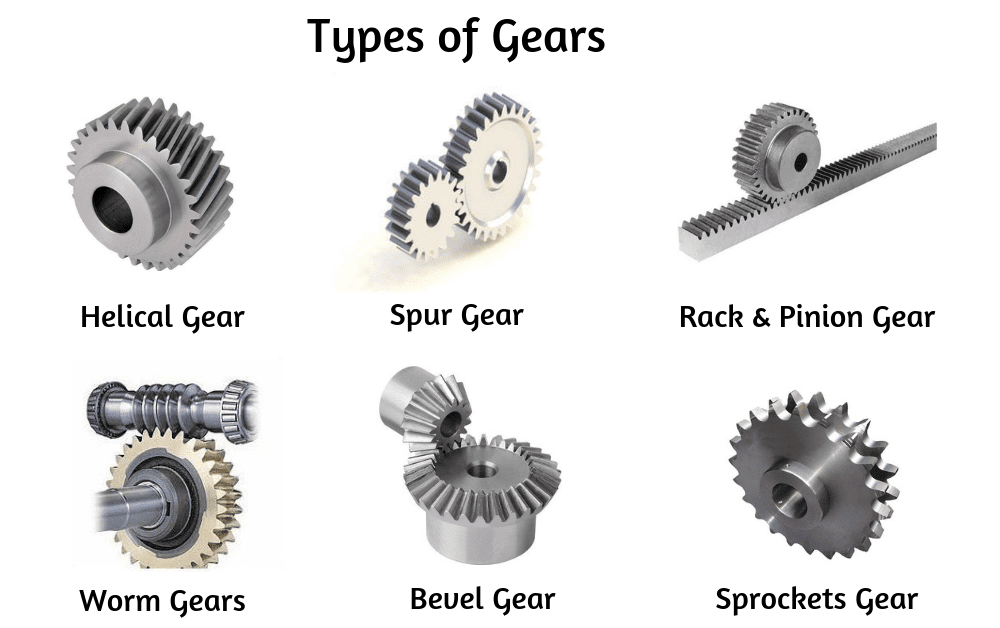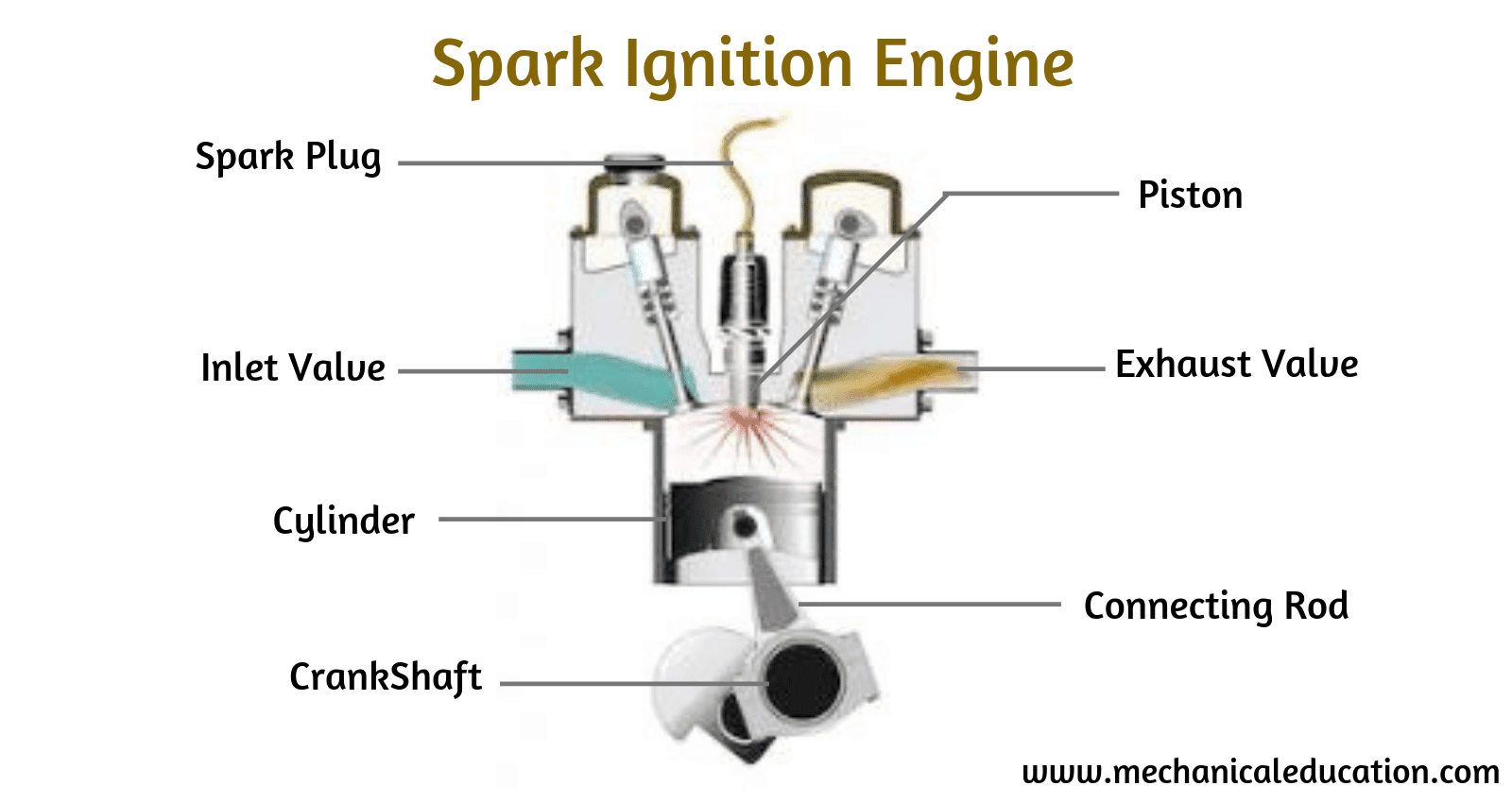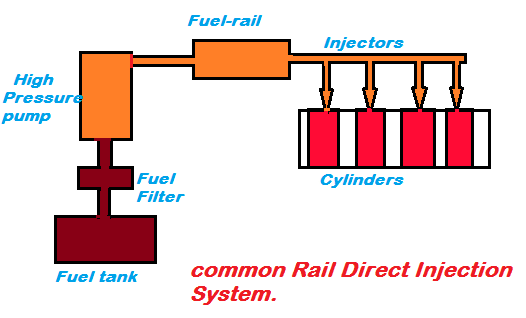Bolts and nuts are both types of fasteners that are used to hold two or more parts together. However, they have some key differences that make them more suitable for different applications.
One of the most obvious differences between bolts and nuts is their shape. A bolt typically has a head on one end and threads on the other end, while a nut is a cylindrical or hexagonal shaped fastener with threads on the inside that match the threads of a bolt. The head of the bolt is used to apply torque to tighten or loosen the fastener, while the nut is used to hold the parts together and prevent the bolt from turning.
Another important difference is the way they are used. A bolt is typically inserted into a hole in one of the parts to be joined, with the threads of the bolt facing out. The nut is then screwed onto the threads of the bolt to hold the parts together. On the other hand, a screw is typically inserted into a pre-drilled hole in one of the parts to be joined, with the threads of the screw facing into the hole. The screw is then turned to thread into the hole and clamp the parts together.
When it comes to strength, bolts are generally considered to be stronger than screws. This is because a bolt is designed to withstand shear and tension forces, while a screw is primarily designed to withstand tension forces. A bolt has a smooth shank and the threads are on the end of the shank, so that when the nut is tightened the clamping force is distributed over the entire shank, this gives a greater clamping force per square inch of shank. On the other hand, a screw’s threads run the entire length of the fastener, so when it is tightened it can only clamp down on the material directly adjacent to the threads, this gives less clamping force per square inch of shank.
The choice of material used to make the bolt and nut also plays a role in determining the strength and the suitability of the fastener for a particular application. Bolts and nuts can be made from a wide variety of materials, including steel, brass, titanium, aluminum, and many more. Each material has its own unique properties, such as strength, corrosion resistance, and cost, that make it more or less suitable for different applications.
Another important difference between bolts and nuts is the way they are tightened and loosened. To tighten a bolt, a tool such as a wrench or a socket is used to apply torque to the head of the bolt. To loosen a bolt, the tool is used in the opposite direction to apply torque in the opposite direction. On the other hand, to tighten a screw, a tool such as a screwdriver or a drill is used to turn the screw clockwise. To loosen a screw, the tool is used in the opposite direction to turn the screw counterclockwise.
In terms of durability, bolts are generally considered to be more durable than screws. Bolts are designed to withstand heavy loads and are often used in applications where a large amount of force is applied to the fastener. Screws, on the other hand, are typically used in applications where a smaller amount of force is applied to the fastener. As a result, screws are more likely to strip or break under heavy loads.
Another important difference between bolts and nuts is the way they are removed. Bolts are typically removed by loosening the nut on the other end of the bolt. The nut can be removed by using a wrench or a socket, depending on the type of nut. On the other hand, screws are typically removed by turning them counterclockwise using a screwdriver or a drill.
In conclusion, bolts and nuts are both types of fasteners that are used to hold two or more parts together. However, they have some key differences that make them more suitable for different applications. Bolts have a head on one end and threads on the other, while a nut is a cylindrical or hexagonal shaped fastener with threads on the inside that match the threads of a bolt. Bolts are stronger than screws and are designed to withstand shear and tension forces, while screws are primarily designed to withstand tension forces. Bolts and nuts can be made from a variety of materials, and the choice of material used to make the fastener will affect its strength, corrosion resistance, and cost. Bolts are tightened and loosened using a tool such as a wrench or a socket, while screws are tightened and loosened using a tool such as a screwdriver or a drill. Bolts are considered to be more durable than screws and are typically used in applications where a large amount of force is applied to the fastener.
Which is stronger nut or bolt?
A nut is not designed to be stronger than a bolt, it is designed to work in conjunction with a bolt to hold two or more parts together. The strength of the fastener depends on how it is used and the quality of the materials used to make it. A properly tightened bolt and nut combination can be very strong, but a loose or damaged nut can greatly reduce the strength of the fastener.
The strength of the nut-bolt combination is based on the clamping force applied on the joint. The clamping force is the force that holds the parts together and is generated by the tension in the bolt caused by the torque applied to the nut. The clamping force is distributed over the entire shank of the bolt and the entire surface of the joint, thus increasing the strength of the joint.
When it comes to tension and shear strength, the bolt is the component that is designed to withstand those forces, while the nut is designed to resist the forces that try to rotate it. The nut is typically made of a harder material than the bolt, and its threads are designed to grip the threads of the bolt and prevent it from turning, this is why the nut is also called a locking device.
Therefore, both the bolt and the nut have different functions and different designs. The bolt is responsible for providing tension and shear strength to the joint, while the nut is responsible for providing the clamping force and preventing the bolt from turning. Together, they work as a system to provide a strong and secure fastening.
Where is nut and bolt used?
Nuts and bolts are used in a wide variety of applications, including construction, automotive, machinery, and many other industries. They are used to fasten and hold together a wide range of parts, such as wood, metal, plastic, and more.
In construction, nuts and bolts are used to hold together structural elements such as beams, joists, and framing. They are also used to attach hardware such as hinges, handles, and latches to doors, windows, and cabinets.
In the automotive industry, nuts and bolts are used to hold together engines, transmissions, and other components. They are also used to attach wheels, brakes, and other parts to vehicles.
In machinery, nuts and bolts are used to hold together gears, bearings, and other components. They are also used to attach motors, pumps, and other mechanical parts to machinery.
In electronics and appliances, nuts and bolts are used to hold together circuit boards, electronic components, and other parts. They are also used to attach covers, panels, and other parts to electronic devices and appliances.
Overall, nuts and bolts are used in a wide range of applications where parts need to be held together securely. They are versatile and cost-effective fasteners that can be used in many different types of materials and environments.
What are the disadvantages of bolts?
Bolts have several disadvantages, depending on the specific application and the type of bolt being used:
- Size and weight: Bolts can be large and heavy, which can make them difficult to handle and install, especially in tight or hard-to-reach spaces.
- Cost: Bolts can be more expensive than other types of fasteners, such as screws, especially if they are made of high-grade materials.
- Time-consuming installation: Installing bolts typically takes longer than installing other types of fasteners, such as screws, due to the need to align the bolt with the nut, and to use a tool to tighten the nut.
- Difficulty in removing: Bolts can be difficult to remove once they have been tightened, particularly if they have been tightened for a long time or have been exposed to harsh conditions.
- Loosening: Bolts have a tendency to loosen over time due to vibrations, thermal expansion and contraction, it is necessary to check and re-tighten them periodically.
- Rusting: Bolts made of iron or steel are susceptible to rusting when exposed to moisture and oxygen, which can weaken the structure of the bolt and make it less effective over time.
- Limited applications: Bolts are not suitable for all types of applications, such as in situations where the material is thin, the surface is irregular, or the required clamping force is small, they might not be the best choice.
In summary, bolts have several disadvantages, including size and weight, cost, time-consuming installation, difficulty in removing, loosening, rusting and limited applications. However, these disadvantages can be minimized by choosing the right type of bolt for the specific application, and by ensuring that they are installed and maintained properly.
What type of bolts don’t rust?
There are several types of bolts that are resistant to rust, including:
- Stainless Steel: Stainless steel bolts are highly resistant to rust and corrosion. They are made of a steel alloy that contains at least 10.5% chromium. This gives them a protective oxide layer that helps to prevent rust. Stainless steel bolts are commonly used in environments where rust and corrosion are a concern, such as marine and coastal applications.
- Titanium: Titanium bolts are also highly resistant to rust and corrosion. They are made of a strong and lightweight metal that is extremely resistant to corrosion in most environments.
- Bronze: Bronze bolts are also resistant to rust and corrosion. They are made of a copper alloy that contains tin, which gives them a protective oxide layer that helps to prevent rust. Bronze bolts are commonly used in marine and coastal applications.
- Aluminum: Aluminum is also a good option for rust resistance, Aluminum bolts are lightweight and strong, and they are resistant to corrosion in most environments, but they are not suitable for high strength applications.
- Brass: Brass bolts are also resistant to rust and corrosion. They are made of a copper alloy that contains zinc, which gives them a protective oxide layer that helps to prevent rust. Brass bolts are commonly used in decorative applications.
It’s worth noting that even if the bolts are made of materials that don’t rust, they still need to be properly maintained and protected from corrosion-causing factors, such as salt and moisture, to ensure long-lasting performance.
Which bolt is stronger zinc or stainless steel?
Stainless steel is generally considered to be stronger than zinc-plated steel. Stainless steel is an alloy made up of steel and at least 10.5% chromium. This gives it a protective oxide layer that helps to prevent rust and corrosion. Stainless steel is also known for its high strength and durability, making it suitable for use in high-stress applications.
On the other hand, zinc-plated steel is regular steel that is coated with a thin layer of zinc. The zinc coating helps to protect the steel from rust and corrosion, but it does not add any significant strength to the steel. Zinc-plated steel is also more prone to corrosion if the zinc coating is damaged or worn off.
In high-stress applications, stainless steel is a better option than zinc-plated steel because it has a higher strength-to-weight ratio and is more resistant to corrosion. Stainless steel is also a better option for use in environments where corrosion is a concern, such as marine and coastal applications. However, it’s also worth noting that the strength of the bolt also depend on other factors such as size, condition, and the specific grade of steel used.




